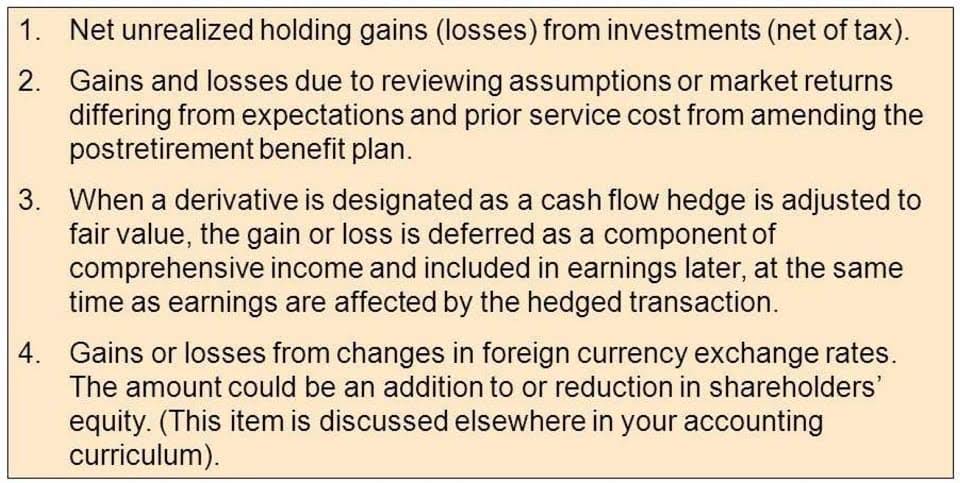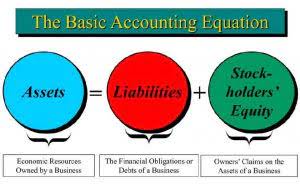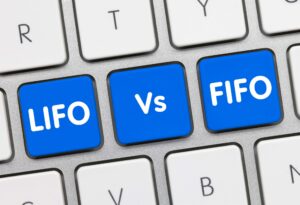
Ultimately, the choice between recourse and non-recourse factoring depends on your business’s specific needs, risk tolerance, and customer base. Carefully assess these factors and consult with potential factoring companies to determine the best fit for your business. Remember, what is factoring of receivables to one business might be different for another, so it’s essential to tailor your approach to your unique situation. The prevailing interest rate is the most critical element for factoring companies considering payment amounts. If interest rates are high, the factoring company will likely pay less for an invoice, as they need to factor in the cost of borrowing money to finance the purchase. Conversely, if interest rates are low, the factoring company may be willing to pay more for the invoice because borrowing costs are lower and they can make a higher profit margin.
Understanding Factor Fees: Calculation Methods
This alternative financing method focuses on client creditworthiness rather than business owner’s and doesn’t… Factoring companies usually charge a lower rate for recourse factoring than it does for non-recourse factoring. When the factor is bearing all the risk of bad debts (in the case of non-recourse factoring), a higher rate is charged to compensate for the risk. With recourse factoring, the company selling its receivables still has some liability to the factoring company if some of the receivables prove uncollectible. Note that some lenders offer “non-recourse factoring,” meaning that they assume the credit risk of non-payment. Other lenders reserve the right to “recourse” on bad debt, meaning if your client does not pay, they will ask you to repurchase the factoring receivables meaning invoice.

The Guide to Payment Terms and How to Optimize Them
The main benefit of factoring is that it allows you to get cash quickly without waiting for customer payments, which can be terribly slow in some industries. For example, if your business wholesales merchandise to big box retailers, you require working capital to begin your operating cycle. Your factoring rate and other crucial financial conditions are in the factoring agreement. Factoring costs include discount rates and other admin processing, or transfer fees.
How do AR factoring services work from invoice factoring companies?

Factoring receivables, often known simply as factoring, is a financial transaction where a business sells its accounts receivable (invoices) to a third party, known as a factor, at a discount. This process allows businesses to obtain immediate cash flow instead of waiting for recording transactions the payment terms of 30, 60, or 90 days to collect the money owed by their customers. By outsourcing accounts receivable collections to a factoring company, businesses can reduce the time and resources spent chasing customers for overdue payments. In reducing the manual collections duties, AR teams are freed to perform more strategic and impactful work, like improving customer service, leveraging data insights, and offering better products.
Detailed Breakdown: How Accounts Receivable Factoring Works
- Using blockchain and cloud technology, we pioneered Payments-as-a-Service to digitize and automate your entire cash lifecycle.
- A/R factoring exposure generally only lasts as long as the vendor’s payment terms with its buyer (usually days).
- Bankers Factoring company also pays you the same day you invoice your customers, and nobody has a lower accounts receivables factoring capital marketplaces cost.
- Early payment discounts have drawbacks and aren’t always reliable, especially during difficult times.
- The transaction takes place between a business (the borrower) and a lender (often a factoring company as opposed to a traditional commercial bank).
In conclusion, factoring receivables is a viable financial option for businesses seeking immediate cash flow. It can provide working capital to support business growth or to bridge cash flow gaps. However, it’s important for businesses to weigh the pros and cons, and to carefully choose a factor that aligns with their financial goals and customer relationship standards. When you factor in receivables, you’re outsourcing your collections process. In conclusion, when approached with careful consideration and strategic planning, accounts receivable factoring can be a valuable tool for business growth. It offers a flexible financing option that can adapt to your business’s changing needs, providing the working capital necessary to navigate challenges and capitalize on opportunities.
- Factoring, on the other hand, often has very few restrictions on the uses of loan proceeds.
- They do actually take on the job of getting customers to pay off the invoices and as such, will act as the collector.
- Before you commit to a factoring receivable agreement, be sure to weigh the pros and cons of invoice factoring.
- Many small and midsize companies can’t afford to wait eight weeks to have an invoice paid.
- Implementing automated AR systems significantly improves these qualification metrics, as BIIA Insurance discovered.
Purpose of loan proceeds

Enjoy non-recourse factoring with low factoring fee from one of the best factoring companies. Same-day AR funding with great customer service from the best factoring company is just a phone call away even if you were turned down for small business loans or other types of business finance. Please read what is A/R funding to learn more about factoring companies, the discount fee or factor fee they charge, and how the advance rate computes your true cost of factoring receivables. Award-winning Bankers Factoring is the A/R factoring company with the lowest fees and highest advance rate. You can qualify for non-notification accounts receivable factoring with a strong enough balance sheet.
Suggested readings

Accounts receivable factoring can help companies provide better customer service by offering more flexible payment terms and reducing the time and effort required to collect customer payments. When a factoring company decides how much to pay for an invoice, virtual accountant one of the first things they look at is the debtor’s—the customer who hasn’t paid—creditworthiness. If they have good credit histories, the factor will be willing to pay a higher rate.

What to look for in an accounts receivable factoring company
- For instance, if a business has $50,000 in outstanding invoices, it might sell them to a factoring company for $45,000.
- If they have good credit histories, the factor will be willing to pay a higher rate.
- In a notification deal, the borrower’s buyer would be notified of the transaction, meaning that the company’s payable team would be contacted with new payment instructions by the factoring company.
- Receivables factoring transactions are usually structured as a sale of your invoices rather than a loan.
- Factoring is a great way to raise money and build cash flow, especially if your business has many receivables that are taking longer than expected to collect.
- Factoring evolved from a simple agency arrangement to a more complex financial transaction, incorporating credit protection and collection services.
As with any business contract, the parties negotiate the terms, and there are as many variations as there are transactions. Blockchain technology is beginning to transform factoring infrastructure by creating immutable records of invoice transactions, reducing fraud risk and verification costs. Be wary of factors using bait-and-switch pricing tactics or requiring excessive personal guarantees beyond industry norms. BIAA’s AR transformation enhanced financial metrics with a 50% decrease in transaction costs and demonstrated payment reliability with a 42% increase in digital payments.
- Factoring helps small and growing businesses that can’t qualify for conventional financing.
- When you factor in receivables, you’re outsourcing your collections process.
- You receive fast cash funding, and we manage your collections and credit divisions.
- Lastly, some factoring companies compensate for their non-recourse risk by offering lower advances at a higher cost.
- In accounts receivable factoring, a company sells unpaid invoices, or accounts receivable, to a third-party financial company, known as a factor, at a discount for immediate cash.
- Understanding what is AR factoring in terms of its benefits and drawbacks can help businesses make informed decisions about whether this financial tool is right for them.
- While subject to annual reviews and margining requirements, a bank operating line is usually extended to revolve on an ongoing basis, as long as the lender can remain comfortable with the borrower’s risk profile.
Better for larger businesses with effective internal collections processes seeking cost efficiency. More appropriate for businesses with established banking relationships and predictable cash flows. It’s the sale of an asset (your invoices) to a third party (the factor) who advances you a percentage of the invoice value upfront, typically 80-95%. If you think account receivables factoring is the perfect option for financing your business, Fundera can connect you to the best lenders out there. When searching for a factoring receivables company, it’s important to find a good match and terms you completely understand. In ancient Rome, factors acted as agents for merchants, helping to sell goods and collect payments.
Leave a Reply